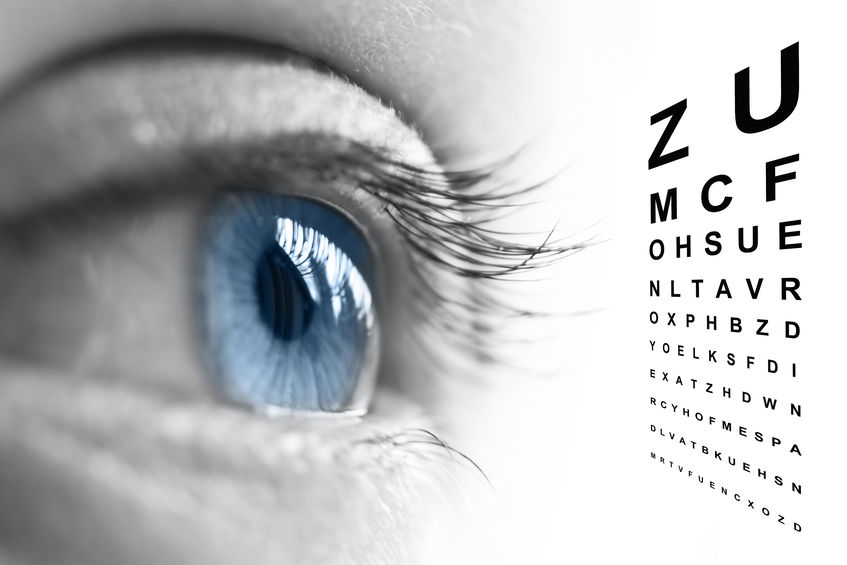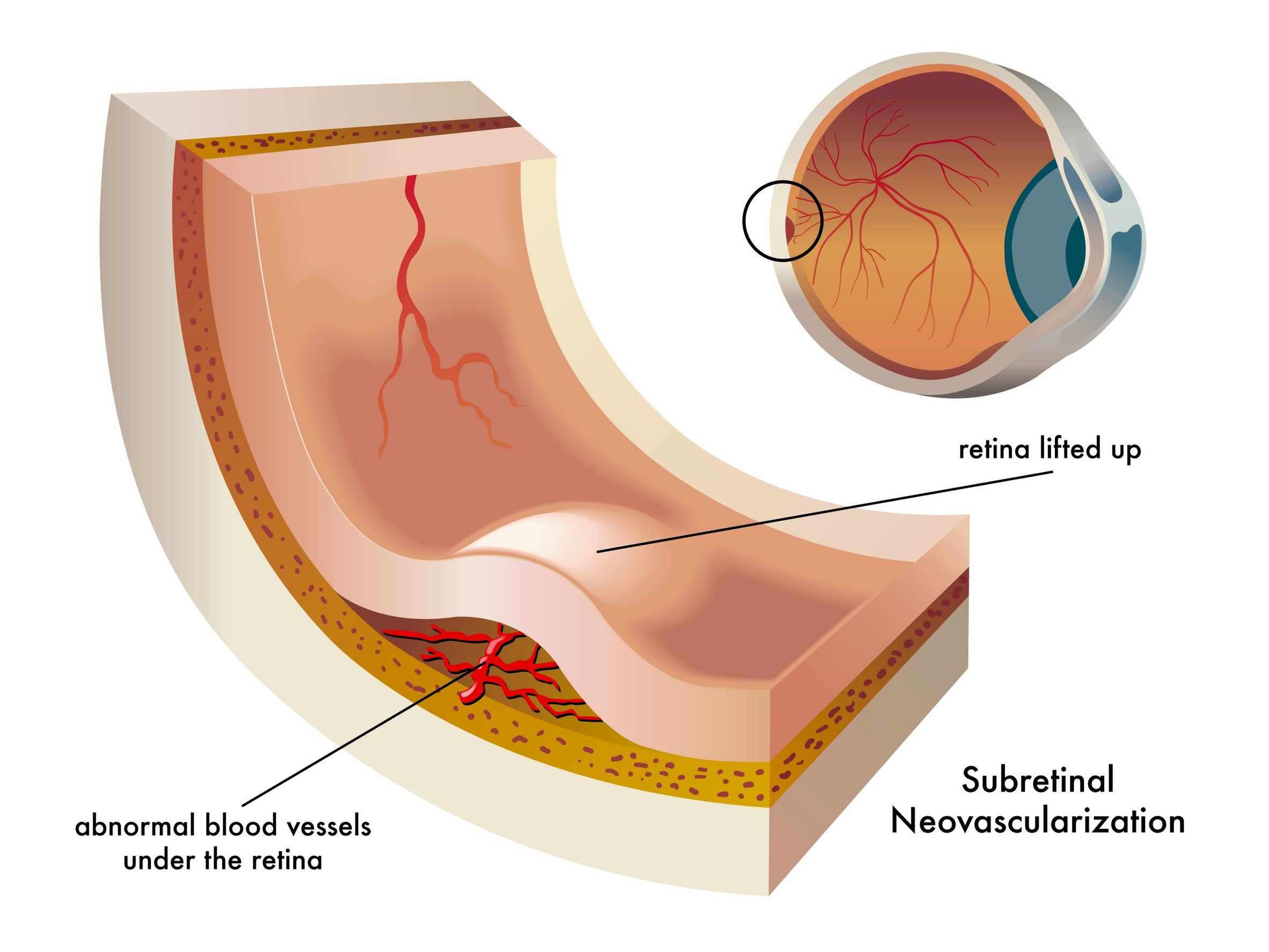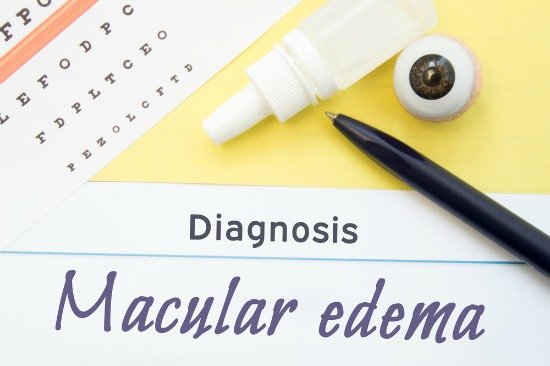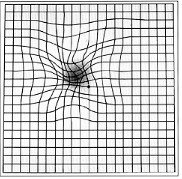Macular Edema
Macular edema is the swelling or collection of fluid underneath the center of the retina which can result in vision changes.
When the swelling is a result of multiple cyst-like spaces forming within the macula it is called cystoid macular edema (CME).
Causes of Macular Edema
Some of the causes are:
1) Diabetes
2) Uveitis

3) Blockage in the small retinal veins or arteries
4) Wet AMD - Choroidal Neovascularization
5) Cataract Surgery
6) Repair of a detached retina
7) Eye Injury
8) Side effect of medication
Symptoms of Macular Edema
Symptoms are:
1) Straight lines appear wavy
2) Blurred central vision
3) Sensitivity to light
4) Pink tint to one's vision
Peripheral vision is not usually affected.
Making a Diagnosis
A diagnosis is made based on a person's symptoms and often a dye test
called a fluorescein angiogram is needed to view the macula.
Macular Edema Treatment
Treatment for the swelling of the macula depends on what is causing the fluid to build up. If it is caused by:

1) Diabetes - the diabetes needs to be treated as well as anti-VEGF eye injections into the back of the eye
2) Eye Surgery - anti-inflammatory corticosteroid eye drops or pills
3) Eye injury - anti-inflammatory corticosteroid eye drops or pills
4) Wet Macular Degeneration
- anti-VEGF eye injections into the back of the eye
It normally can take several months for the swelling to go down and for vision to return.
Diabetic Macular Edema
In August 2012, the FDA approved the use of Lucentis for the treatment diabetic macular edema (DME). DME develops due to the damage high blood sugar causes to the tiny blood vessel network in the retina.

Up until now the only treatment available for DME was laser surgery. Laser treatments are given to help stabilize one's vision and to help prevent further damage to the retina.
This eye medication works just like it does for wet macular degeneration - it helps to block the VEGF from causing new blood vessel growth. It is given as an intraocular injection at regular intervals.
“This approval is an important advancement in the fight against blindness for people with diabetes,” said David M. Brown M.D., Retinal Specialist at The Methodist Hospital, Houston Texas, and clinical trial investigation.
Macular Degeneration
According to the Archives of Ophthalmology (ISSN 0003-9950
Source / Source 2002, vol. 120, no6, pp. 731-737) Cystoid Macular Edema (CME) ...

√ CME is a common finding in patients with
choroidal neovascularization
√ The presence of CME and foveal thickening is associated with worse visual acuity in these patients
√ More common with choroidal neovascularization containing classic component.
√ The optical coherence tomography is a useful test to detect
the presence of CME in these patients since CME may be difficult to
identify on fluorescein angiogram.
Return to Macular Disease
Go Back to WebRN Macular Degeneration Home
√ Prevention of Macular Degeneration?
√ Tips for Daily Living?
√ Food Suggestions for a Macular Degeneration Diet?
√ Ideas on Visual Aids to Maximize your Sight?
If you said "yes" to any of the above, sign up for the monthly Macular Degeneration News.



